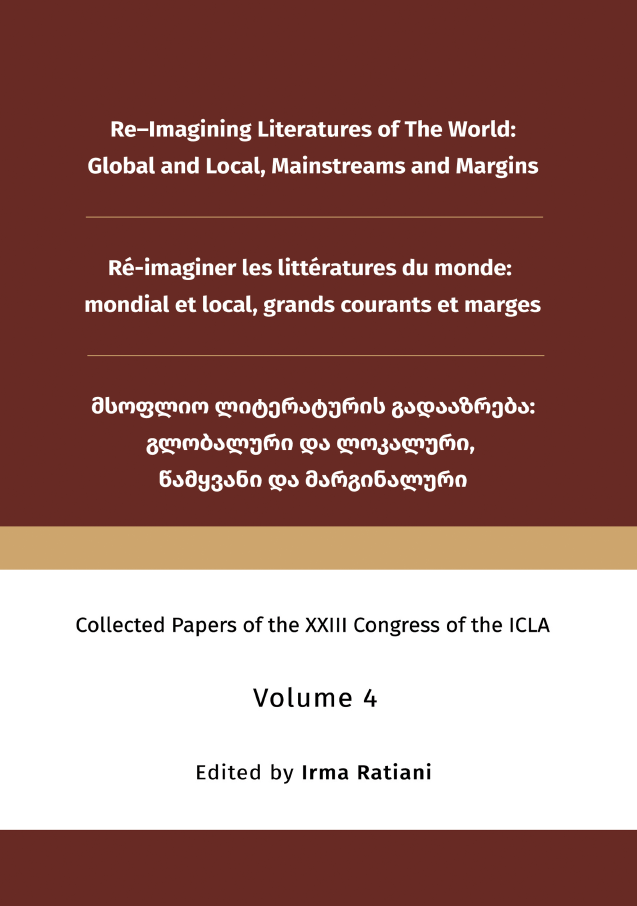Medea of Three Different Eras – Woman’s Artistic Image as a Reflection of Epochal Tensions (Corneille, Legouve)
Main Article Content
Abstract
The consideration of prominent artistic images being especially sensitive in reflecting the problematic issues, tensions, and challenges of their day is widely recognized. Medea is one of the leading female figures among these outstanding images. The story of the Colchian maiden proved to be one of the best matrixes for the comprehension of socio-political problematics of various eras and the discourse regarding the multiple ideological and philosophical topics. Analysis of how French dramatists of different epochs – Corneille and Legouvé – interpreted Medea’s image to articulate the dominant issues of their respective eras is the central piece of the article.
Pierre Corneille, French playwright of the neoclassical period, regarded Medea’s story appropriate for reflecting on topical issues such as allegations of witchcraft pertinent in 17th century France and related to it the contemporary judicial culture. Ernest Legouvé, another French dramatist and theorist of women’s rights, responded in his own way by reworking the Medea myth to the women’s emancipation movement taking place in France during the 1850s.
The article discusses the novelties introduced by these dramatists in their reworking of the original Medea story – be it changing of the fabula, the personages, the artistic tools, etc. – while focusing to research the authors’ commitment to the development of the respective interpretative trends of Medea.
The conclusion of the article presents useful insights to the study of interrelations between literature and contemporaneity as well as to the comprehension of artistic images as denominators of epochal tensions.
